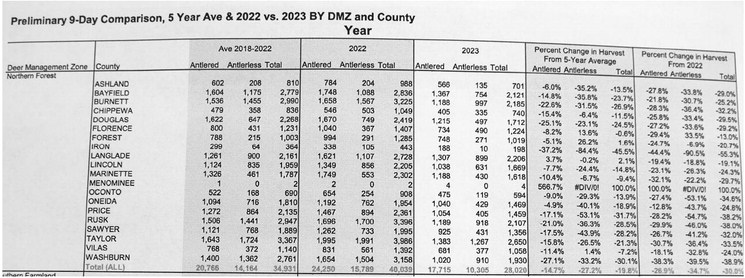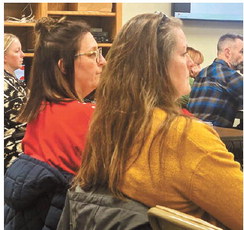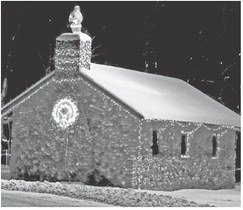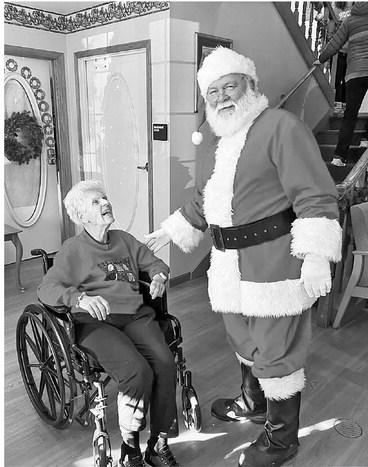2023 NINE-DAY GUN DEER HUNT - While a good season for some, many deer hunters went empty-handed


2023 NINE-DAY GUN DEER HUNT
The opening weekend registration numbers showed a downward dive compared to last year and that didn’t change du...





